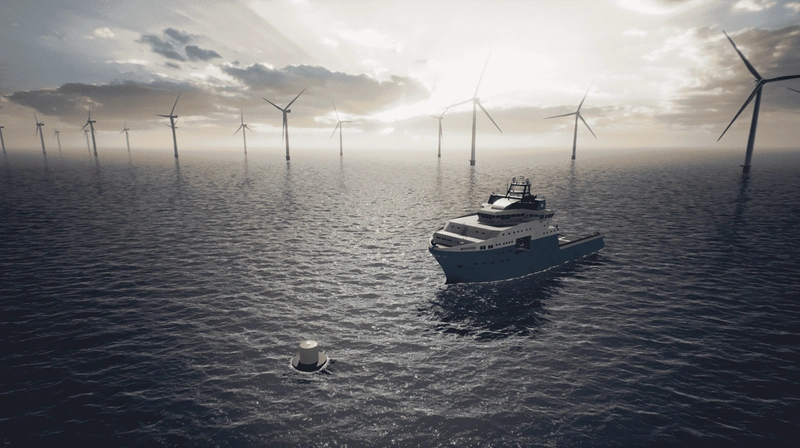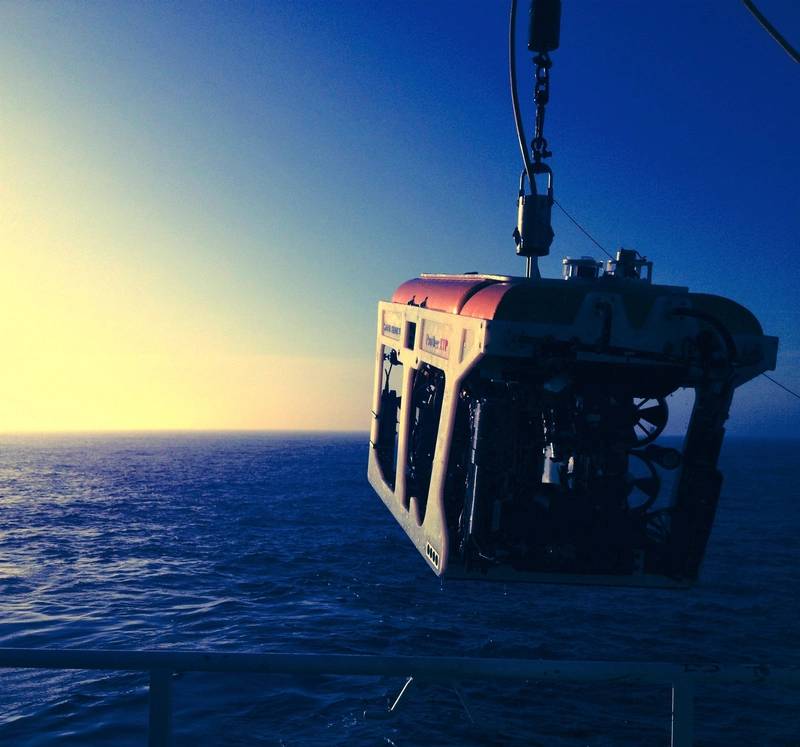Size matters: larger, more costly turbines set to further reduce LCOE
As wind turbines grow in size, they become more expensive to manufacture, but larger and larger units continue to drive down the cost of electricity from offshore wind.
2020 has seen leading manufacturers of offshore wind turbines unveil new, larger, higher capacity units. Siemens Gamesa’s 14-MW offshore wind turbine (which is expected to be capable of 15 MW in due course) is set to become commercially available from the mid-2020s and larger versions of existing turbines are in development elsewhere, not least GE Renewable Energy’s Haliade-X and a new turbine from MHI Vestas Offshore Wind.
Larger turbines are more expensive to manufacture, but analysis by Rystad Energy demonstrates that, although they are more expensive, using new-generation turbines reduces overall costs for large-scale offshore windfarms.
This is because the additional cost involved in manufacturing giant turbines is mitigated by the need to install fewer of them, and the efficiency gains associated with more technologically advanced turbines.
Every turbine also needs a foundation, so the overall number of foundations required for a project decreases, as does the need for array cables.
Rystad Energy analysed the cost of using turbines of differing sizes for a 1-GW offshore project. Utilising 14–MW turbines instead of 10–MW units, the number required for a 1 GW project falls by 28 units, from 100 to 72. Moving to a 14–MW turbine from a 12–MW turbine still offers a reduction of nearly 11 units.
Overall, the analysis shows that using the largest turbines for a new 1–GW windfarm can provide cost savings of nearly US$100M, compared to installing currently available 10–MW turbines.
Rystad Energy product manager offshore wind Alexander Flotre says, “Siemens Gamesa’s latest turbine is a step towards dramatically reducing development and levelised costs worldwide.
“With larger turbines come greater savings and greater revenue generation potential over the duration of projects, increasing the offshore wind industry’s competitiveness.”
Rystad Energy assumes the cost of a turbine is approximately US$800,000 per MW on average for currently available units, that is, turbines with a nameplate capacity of up to 10 MW, with a 2.5% premium applied for each additional MW for the larger units expected in the medium-term, to reflect anticipated efforts by manufacturers to capture upside.
“For this analysis, we estimate the cost of a 10–MW turbine is US$8M, while a 12–MW and a 14–MW turbine would cost approximately US$10.1M and US$12.3M, respectively,” says Rystad Energy.
“Moving from a 10–MW turbine to a 14–MW turbine could result in higher costs, of approximately US$85M for manufacturing. Utilising a 14–MW turbine in lieu of a 12–MW unit could add almost US$45M to manufacturing costs.”
Foundations are the main components that offer opportunities for cost reductions if larger turbines are utilised. Rystad Energy estimates that a foundation typically costs between US$3M and US$4M, with variations relating largely to foundation type and water depth.
In a 10 MW to 14 MW switch, cost savings could exceed US$100M for the developer, while savings in a 12–MW to 14–MW scenario would range from US$30M to US$50M.
The cost of array cables varies based on the turbine size. While the use of larger turbines implies potential cost savings through fewer foundations, the added length required for array cables for 14–MW turbines is likely to keep overall cable costs flat. However, the lower turbine count reduces the number of cabling runs and connection of turbines to the offshore substation, which in turn could cut installation costs.
“This analysis shows that although larger units are expected to drive up the cost of turbines, reductions from other segments – namely foundations – could result in cost savings of US$100M to US$120M in manufacturing costs alone, helping to offset some of the developer’s expenses,” says Rystad Energy.
Rystad Energy also estimates the cost of installing a turbine ranges from US$0.5M to US$1M, and the cost of installing foundations ranges from US$1M to US$1.5M per unit.
Using the midpoint in each range, for a 1–GW project the implied savings exceed US$50M when using 14–MW instead of 10–MW units. Comparing 14–MW with 12–MW turbines, potential savings exceed US$20M.
Furthermore, the reduction in cabling runs and connections due to the lower number of array cables could lead to additional savings of between US$5M and US$15M, when using 14–MW turbines rather than 12–MW and 10–MW turbines.
In addition to potential cost savings from reducing the number of units required, the increase in turbine size can also drive other efficiency gains. Rystad Energy analysed the potential reduction in the levelised cost of energy (LCOE) using Equinor’s Empire Wind in the US as a case study.
In this case, using 10–MW turbines, the estimated LCOE is approximately US$75/MWh. Opting for 12–MW turbines, LCOE falls to approximately US$71/MWh. With a further upgrade to 14–MW turbines, LCOE is estimated to be US$68/MWh.
“With the incremental increase in size, turbines and offshore windfarms become more economical – not just in terms of reduced upfront costs, but also in longer-term power generation potential,” Rystad Energy concludes.
GE to provide 13-MW version of Haliade-X for Dogger Bank
GE Renewable Energy is to supply an uprated version of its Haliade-X offshore wind turbine for the massive Dogger Bank offshore windfarm in the UK.
Dogger Bank Wind Farm and GE Renewable Energy signed a contract on 22 September 2020 for 13-MW Haliade-X turbines for the Dogger Bank A and Dogger Bank B phases of the project. When launched, the Haliade-X was described as a 12-MW unit.
The award, which is subject to Dogger Bank A and B reaching financial close, covers the supply of 190 Haliade-X 13-MW turbines, split evenly at 95 turbines for each of the first two phases of the project.
The Haliade-X 13MW is an enhanced version of the successful 12-MW prototype unit which has been generating power in Rotterdam since November 2019 and recently secured its provisional type certificate from DNV GL.
The prototype unit, which set a world record in January 2020 by being the first wind turbine to produce 288 MWh in one day, will start operating at 13 MW in the coming months as part of its ongoing testing and certification process.
As part of the agreement with SSE, GE Renewable Energy will establish its marshalling harbour activities at Able Seaton Port in Hartlepool which will serve as the base for turbine service equipment, installation and commissioning activities for Dogger Bank A and B.
This will see the delivery of components for the 13-MW wind turbines to the port, including the nacelle, three tower sections and three 107-m long blades, for pre-assembly onsite at Able Seaton prior to transport out to the North Sea for installation. This activity will lead to 120 skilled jobs at the port during construction. Turbine installation is expected to commence in 2023 at Dogger Bank A.
The announcement also includes a five-year service and warranty agreement supporting operational jobs in the maintenance of the windfarm.
by David Foxwell
Source:Riviera, Oct 15, 2020




